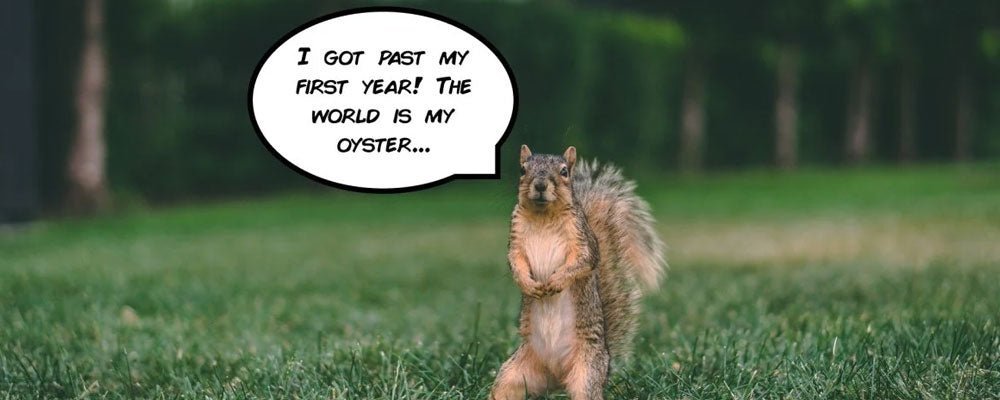
How long do squirrels live for?
For a squirrel it seems that it all depends whether the squirrel makes it to her first birthday…
The dangers start as soon as the squirrel is born. Its mother may produce enough milk, and the baby may starve in the litter. Fortunately, both red and grey squirrels, such failed litters are not very common, and when they do occur, tend to be the result of exceptional extreme conditions.
For the most part, if a female squirrel does breed at all, the young will reach weaning age. This is when things start to get tough, and by far the highest proportion of deaths in a squirrel population is accounted for by youngsters under one year of age.
These young squirrels are very inexperienced, and the most common cause of death is starvation, particularly during a bad British summer. This would be the time of year when supplementary feeding of red squirrels could boost the survival of young enormously, and prevent a population crash if the ensuing winter was a bad one.
Once a squirrel reaches the age of one, be it red or grey, it is not uncommon for it to made it past live on to four or even five years of age in the wild and longer in captivity,
Even in the case of adult squirrels, starvation is still the number one killer. Squirrels have noserious natural predators in Britain now, although they may fall prey to domestic cats and dogs. Cars are also a big danger to squirrels, and many are killed on Britain’s roads.
Males in heat during the spring time seem particularly vulnerable, as do younger, less street wise squirrels. In both cases, the squirrels are probably travelling about more than usual (the males to find a mate, and the youngsters to find somewhere to settle down), increasing the likelihood of having to cross a road.
Squirrels do succumb to various diseases, the most important being Coccidiosis and Squirrel Poxvirus (SQPV).
Coccidiosis is a type of enteritis caused by a gut parasite called Eimeria sciurorum. It is very unpleasant. This disease affects both red and grey squirrels.
Squirrel Poxvirus, is a novel pox virus from a previously unrecognised genus of the Chordopoxviridae. With myxomatosis type symptoms, this virus was originally thought to be a parapoxvirus confined to red squirrels. Like rabbit myxomatosis the disease is very debilitating and is highly contagious to other red squirrels.
Animals suffering from the advanced stages of this lethal disease become unable to see and are often found on the ground in a lethargic and under-nourished state. In such cases it is probably best if the animal is humanely put out of its misery.
However, in the initial stages of SQPV, it can be treated if the disease is caught at this stage and cure the red squirrel.
If you find a dead red squirrel or one that is clearly unwell, please contact your local Wildlife Trust, RSPCA or Statutory nature conservation organisation for advice. The reporting of dead red squirrels is a vital part of disease monitoring.
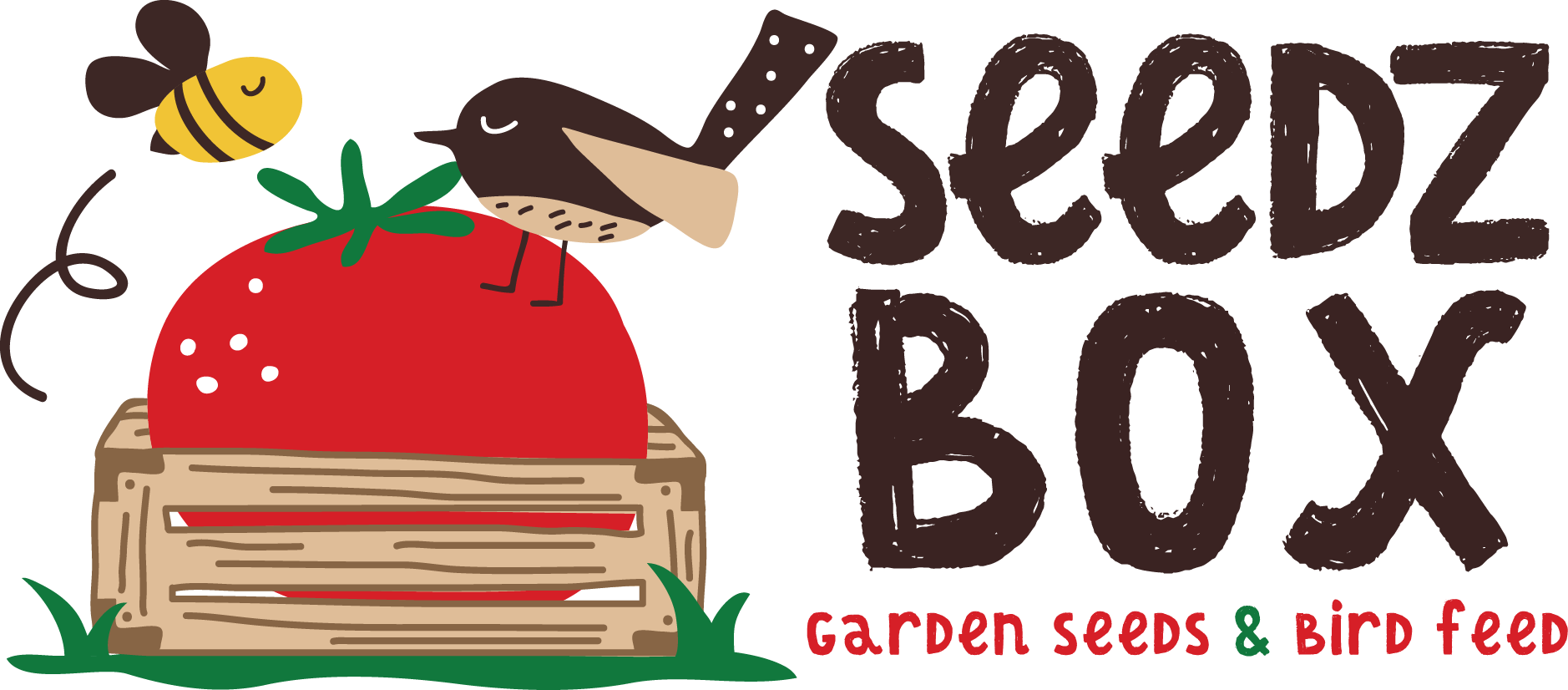
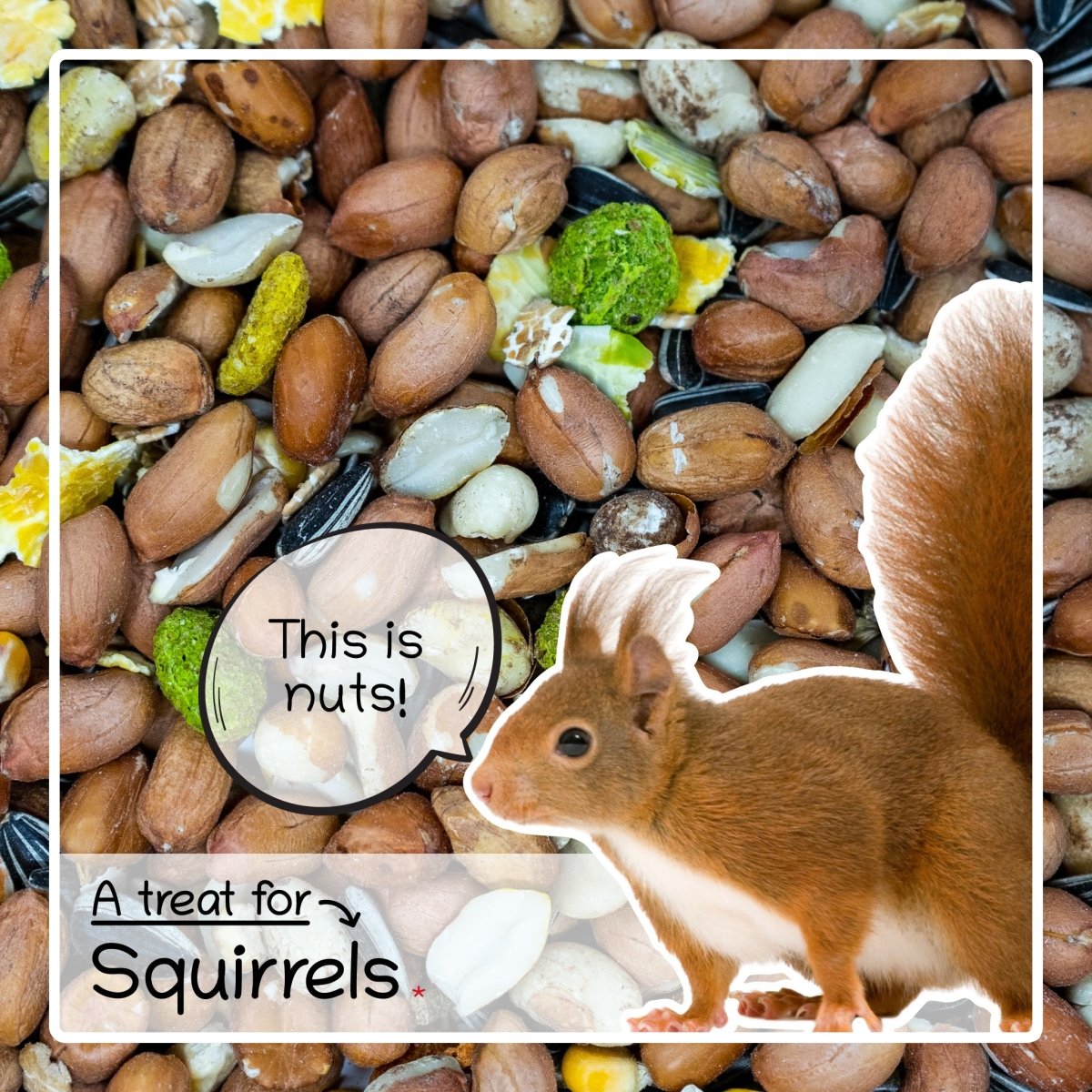
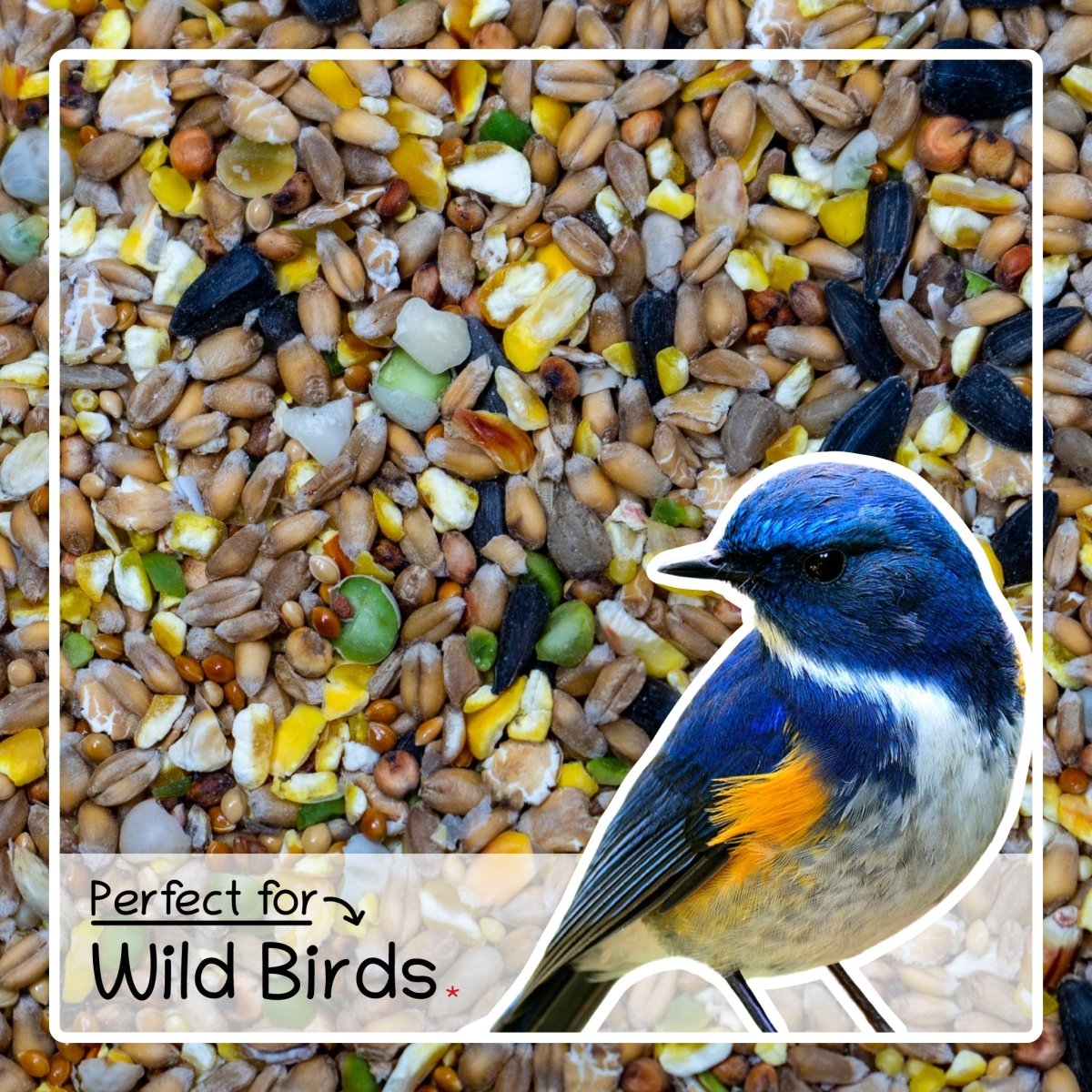
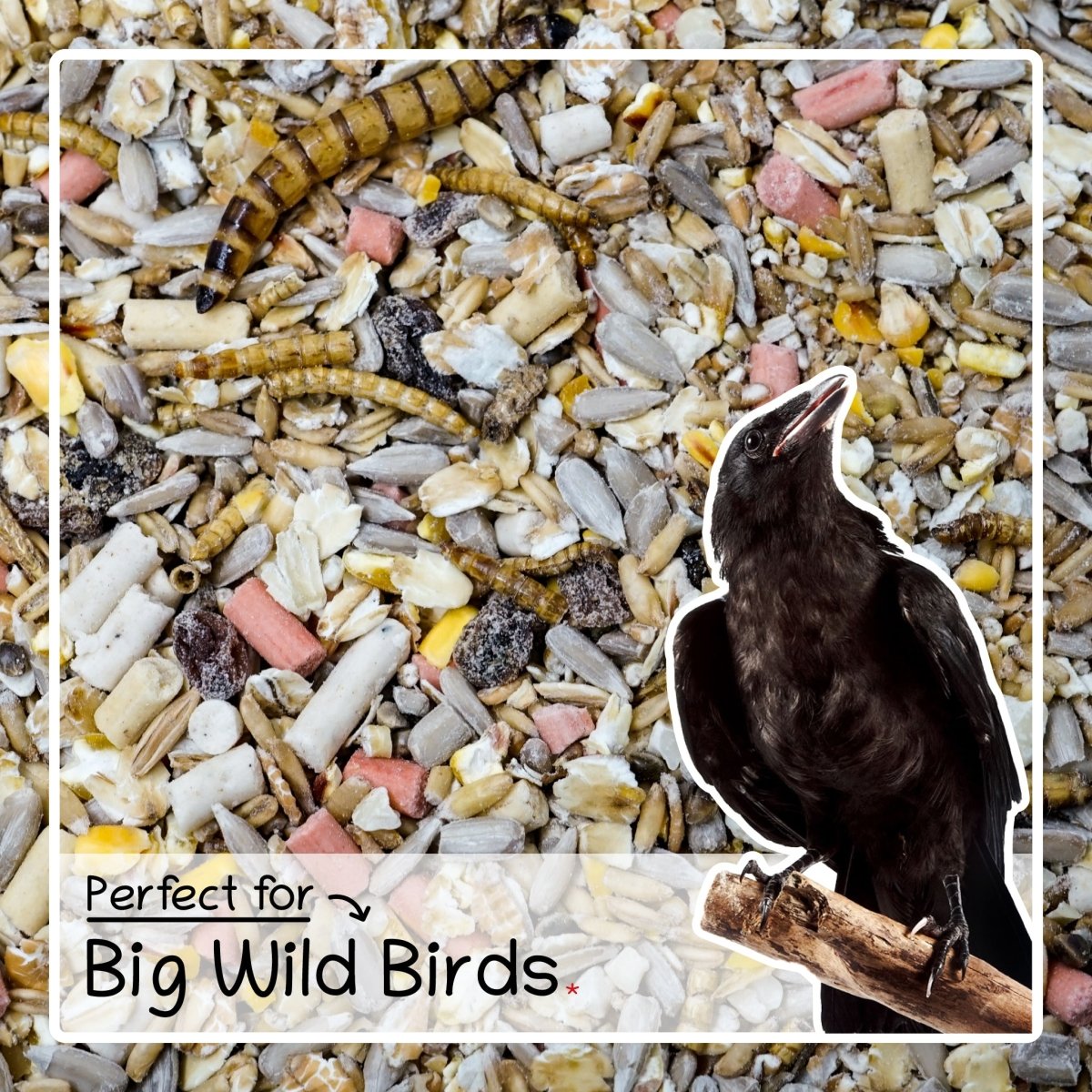
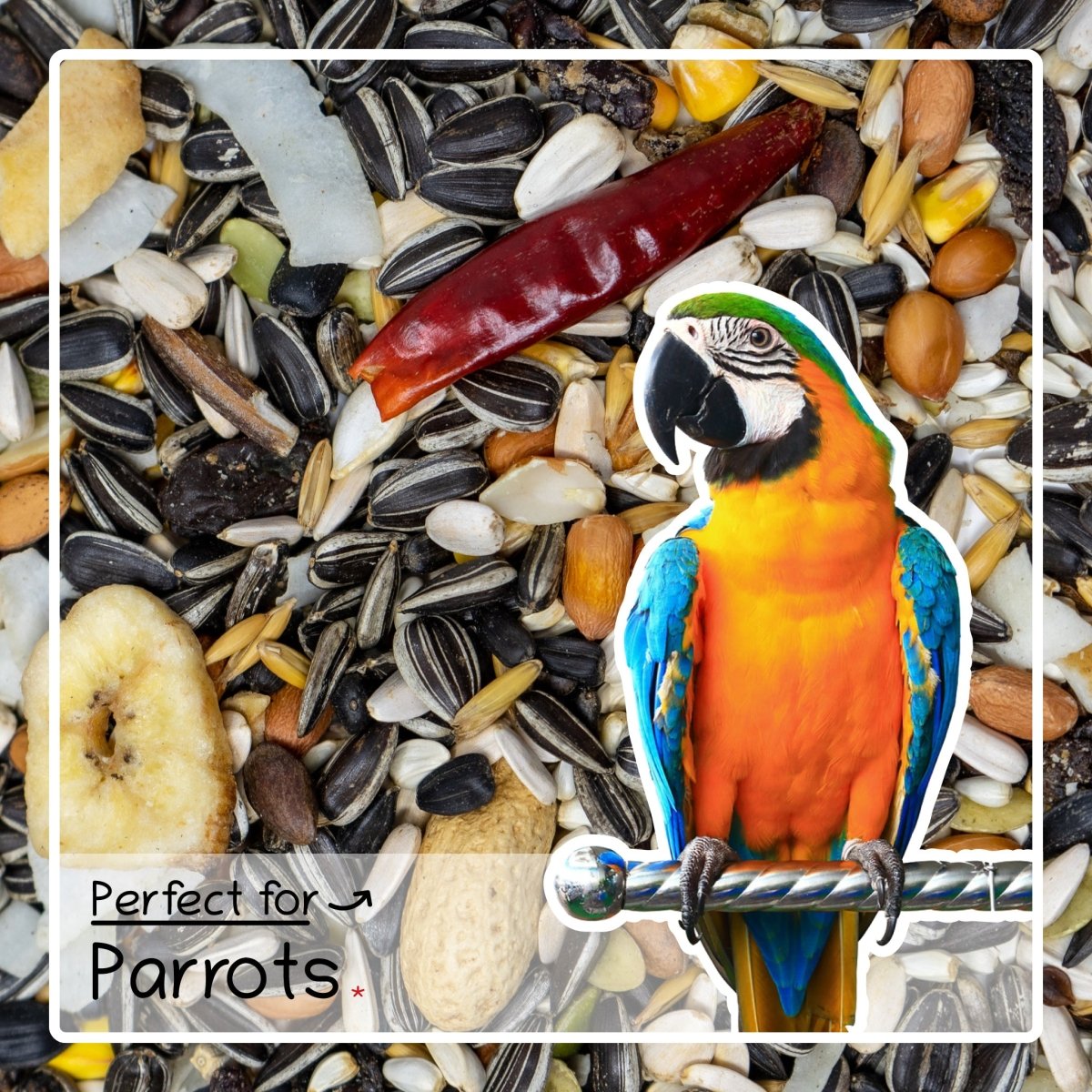
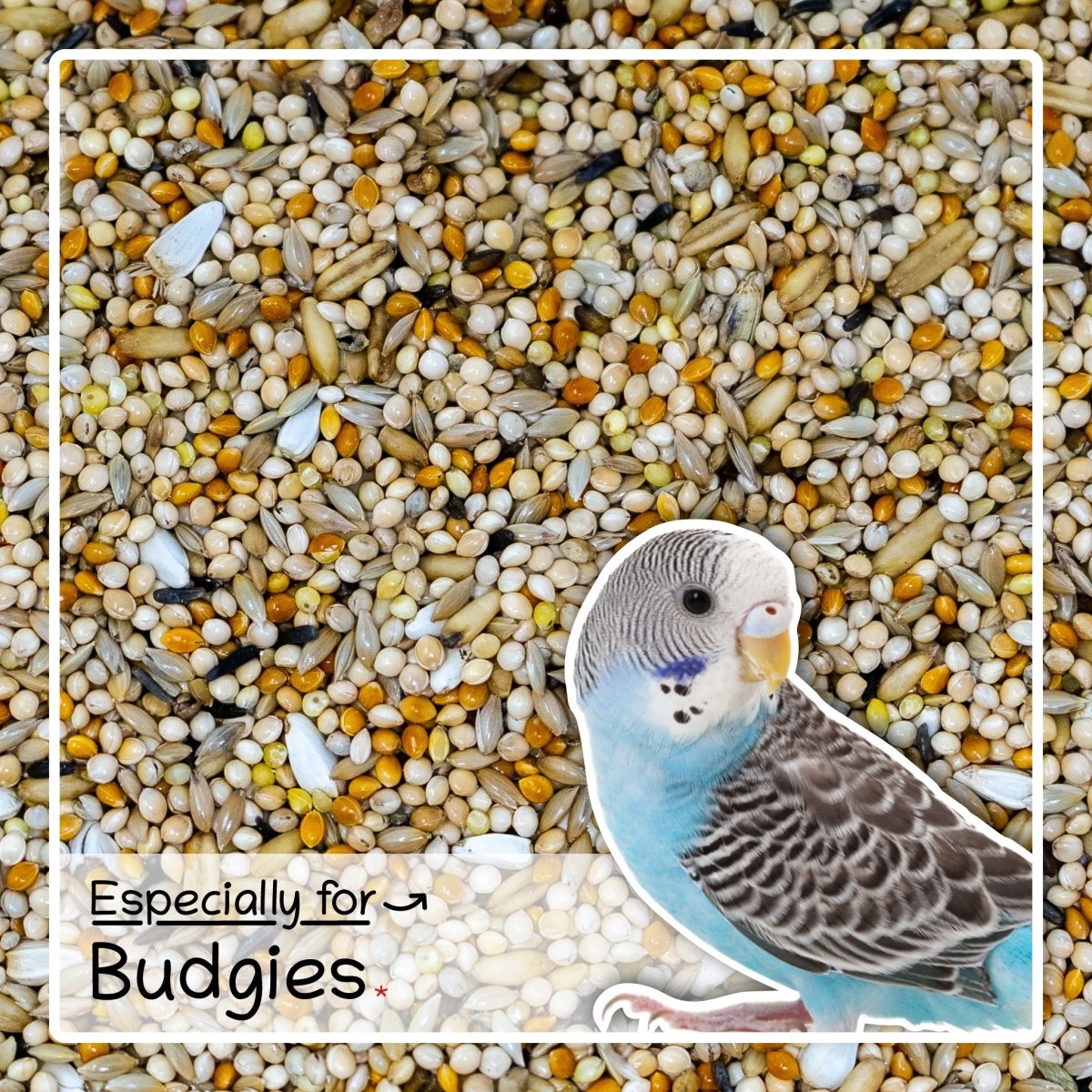
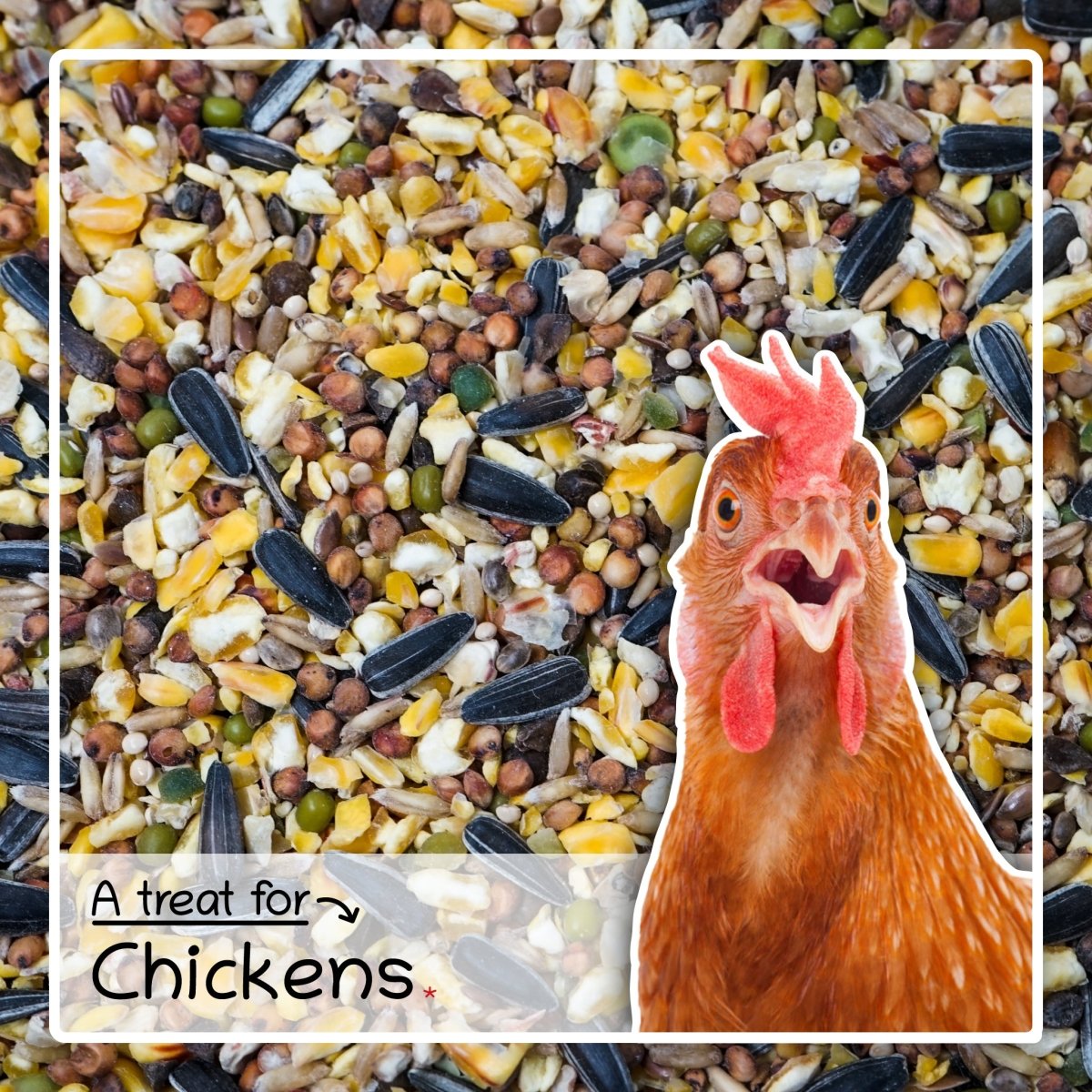
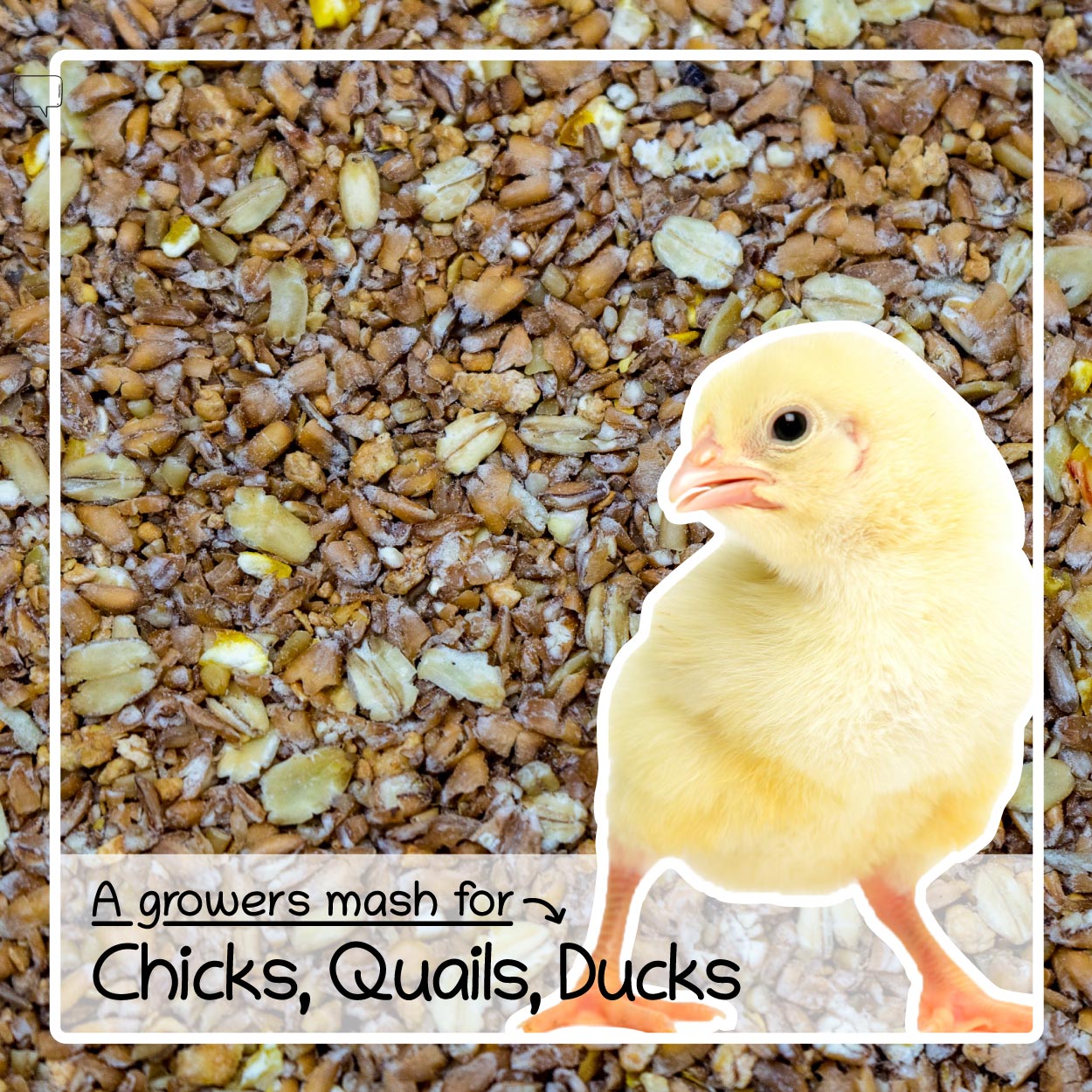
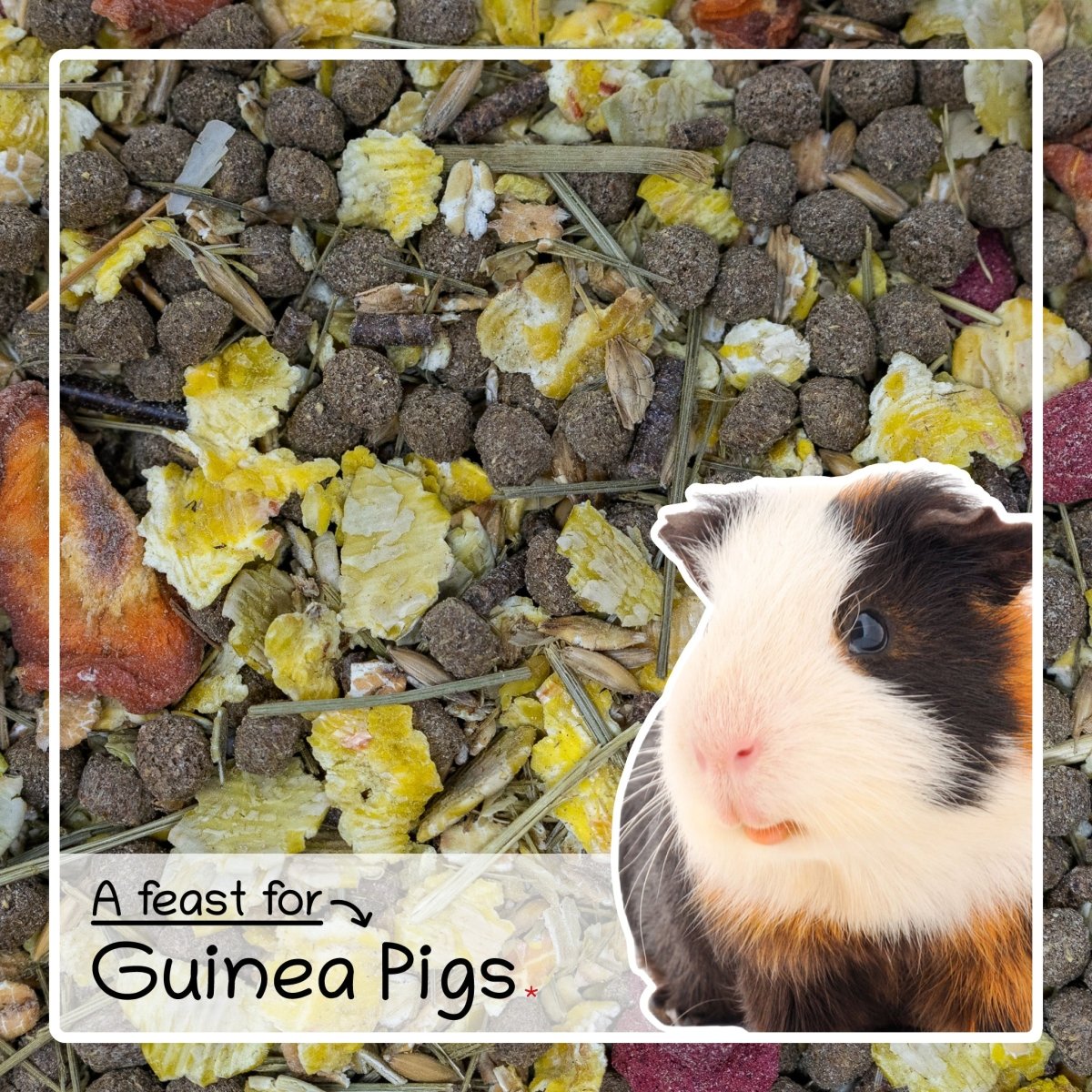
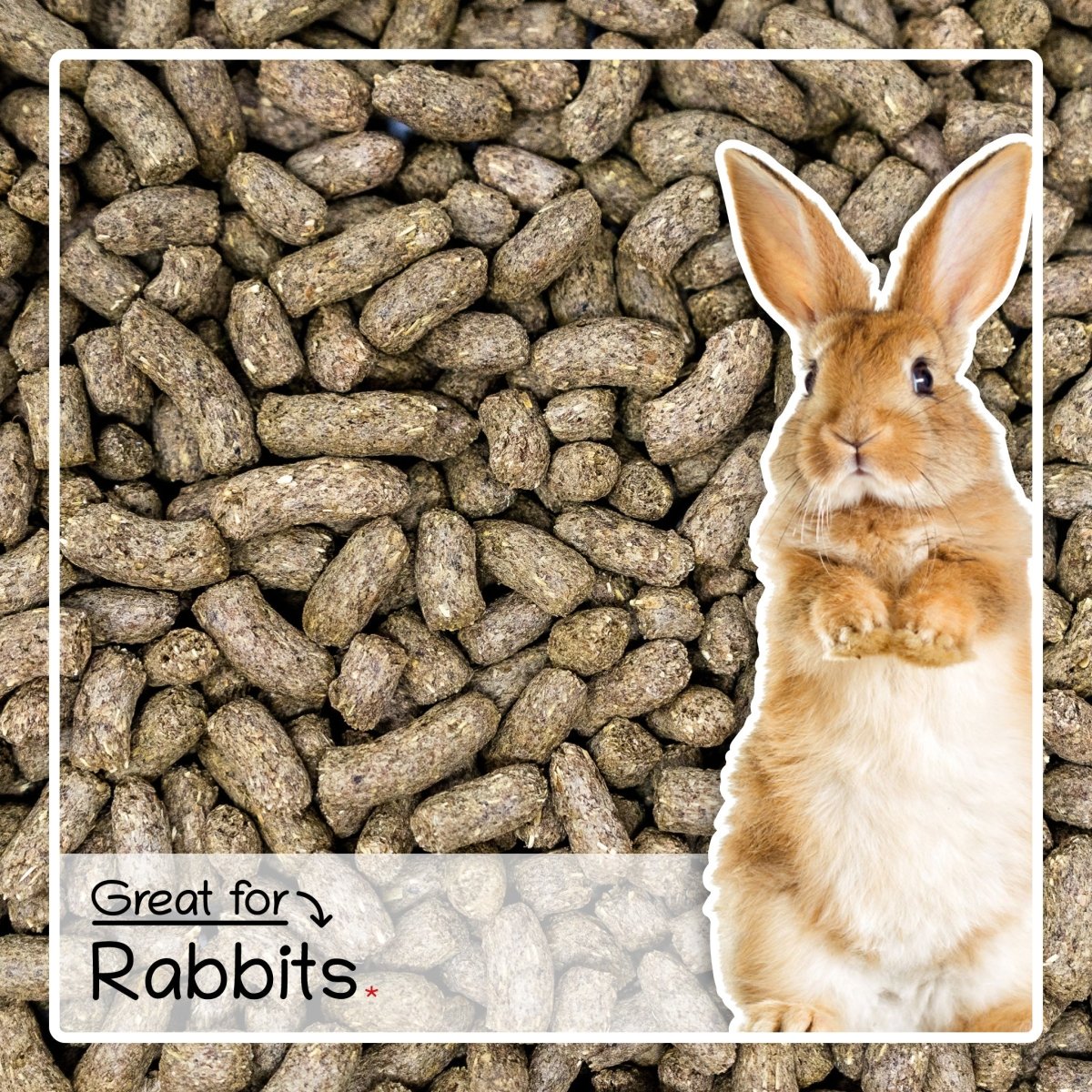
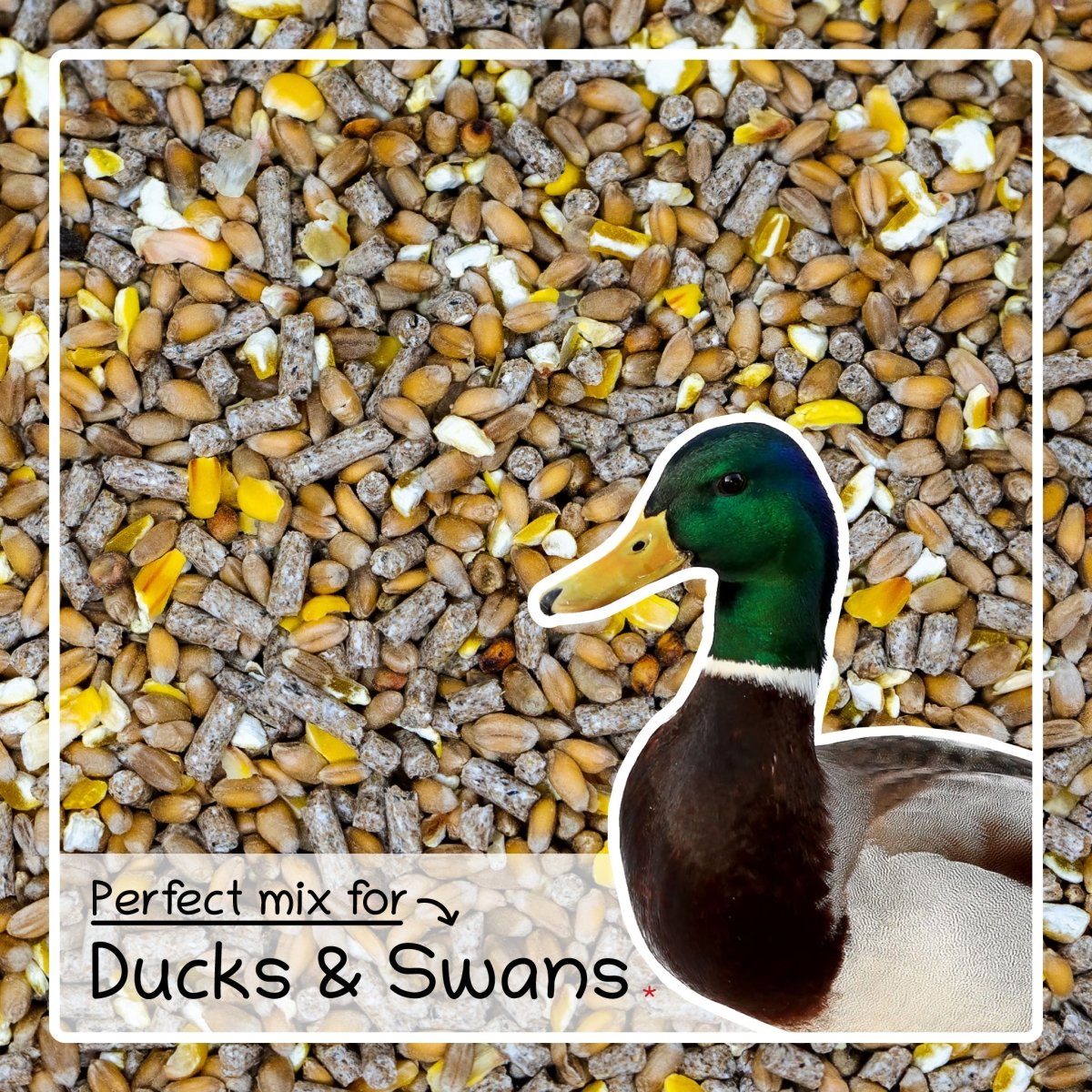
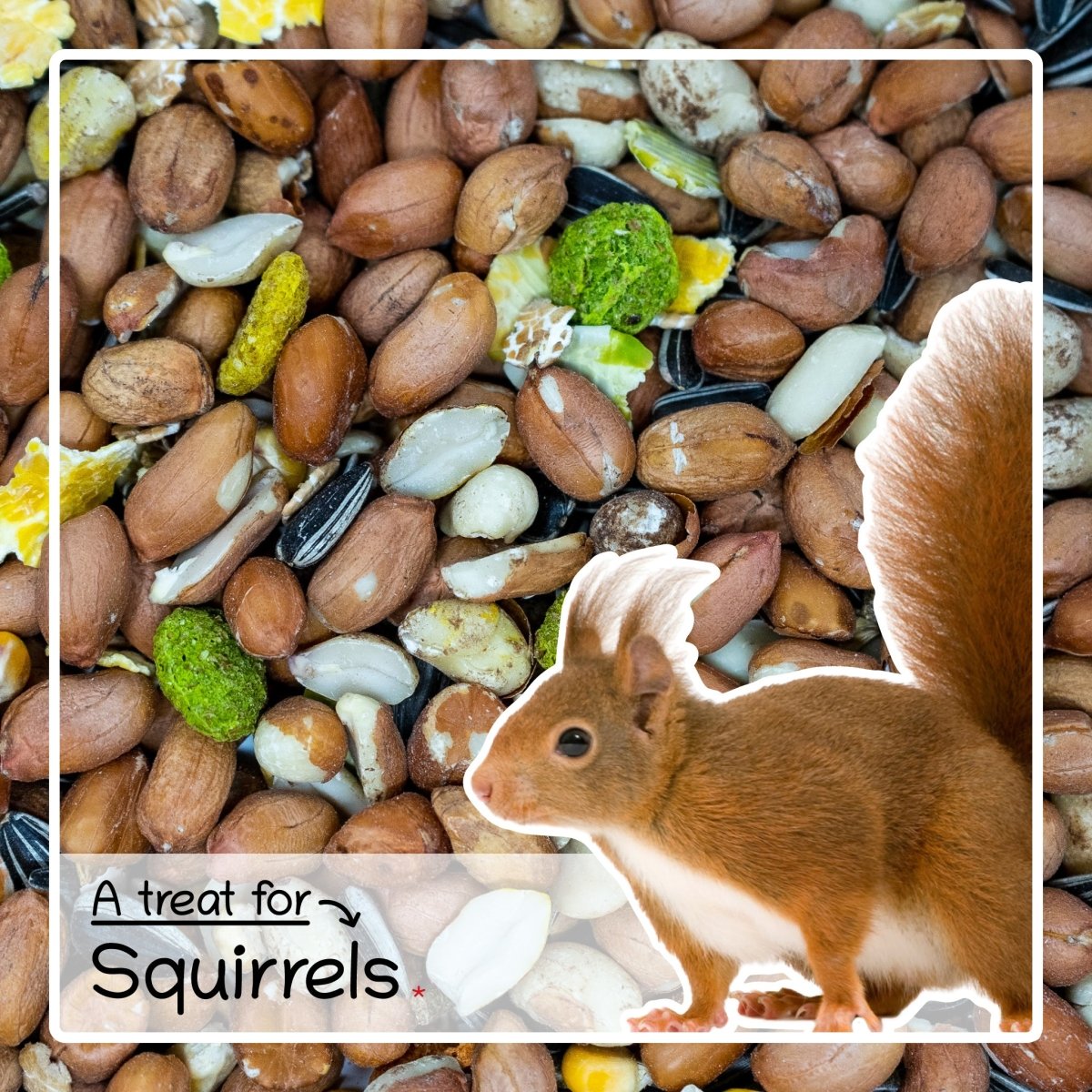


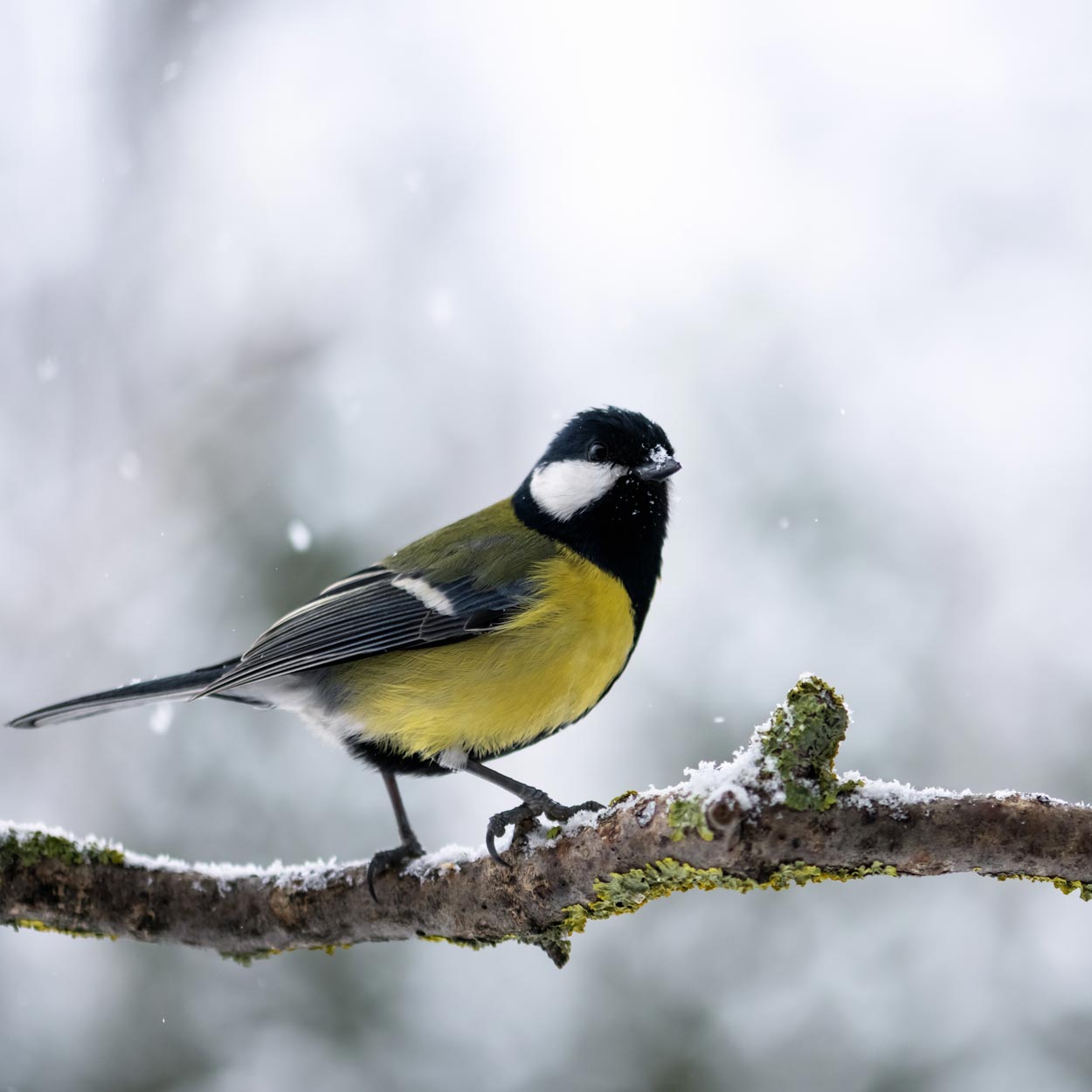

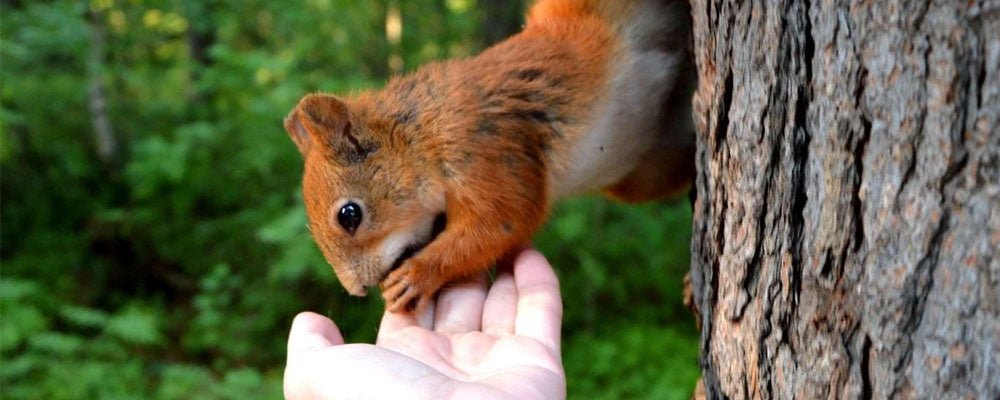
Leave a comment
This site is protected by hCaptcha and the hCaptcha Privacy Policy and Terms of Service apply.